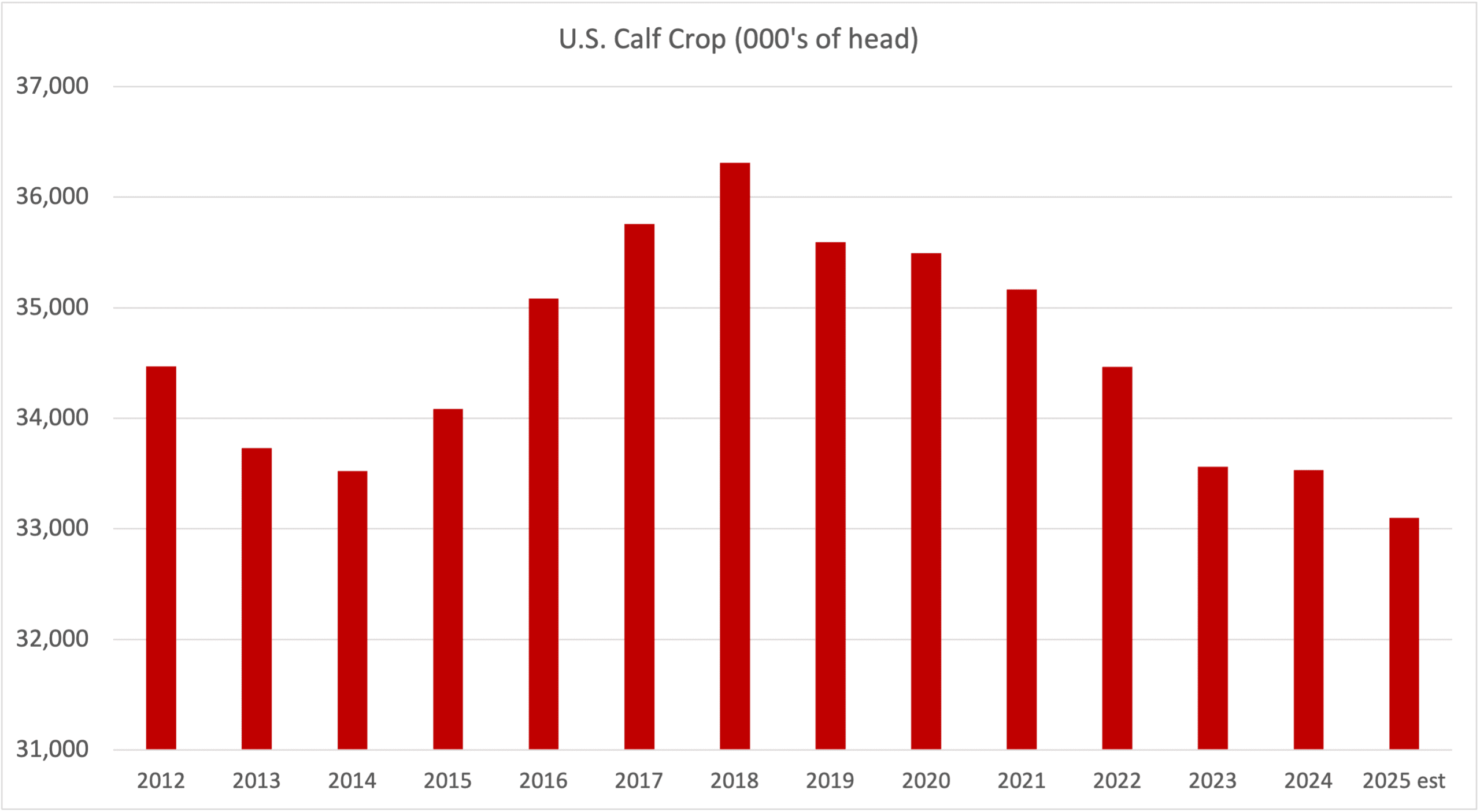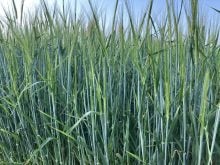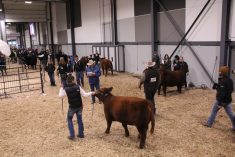Fed cattle
The last two weeks have seen fed cattle prices pushed higher by continued demand, the re-opened border, higher cut-out values and reduced supplies. Seasonally, fed prices are responding to demand for middle meats as buyers look towards their holiday needs in the coming month. At the same time, China announced that it has re-opened its borders to Canadian beef.
The fed cattle cash price has increased $5.36/cwt in the past four weeks to an average of $147.13/cwt. This is just $1.77/cwt under the average price the same week last year. Basis widened over the past week to an average of -9.62/cwt. Last year the cash-to-cash basis was narrower at -$0.60/cwt.
Read Also

Factors influencing cattle feeder market during the fall of 2025
Market analyst Jerry Klassen weighs in on live cattle markets
The Alberta and Saskatchewan cattle-on-feed report on November 1 showed a total of 942,250 head on feed, up two per cent from the start of November 2018. The slow start to fall run led to increased volumes at auction markets through October and a 25 per cent increase in feeder placements. Total placements hit 422,777 head in October. Exports were higher, reported 35 per cent higher in October 2019 than a year ago. In addition, fed slaughter is still six per cent higher year-to-date at 2,151,952 head, while fed heifer kill is up five per cent to a total of 795,291 head. Total fed cattle exports, including cows, for slaughter are up 21 per cent in 2019 to a total of 389,099 head to date.
Deb’s outlook for fed cattle: Fed cattle prices should continue to strengthen as we move towards the end of 2019. Seasonally, supplies will tighten as demand for higher-priced middle meat grows and leverage shifts away from the packers. Improved access to export trade coming from the re-opening of the China border to Canadian beef will couple with good demand for middle meats and strong trim prices. Shorter lift times locally and improved demand from the northern U.S. are also both positive to the Canadian fed cattle market. Expect prices to strengthen moving towards the Christmas and New Year’s holidays.
Feeder cattle
Feeder cattle volumes started slower this fall. However, the run picked up in the last few weeks with mid-November recording the highest weekly totals at auction in more than a year. At the same time, feed grain prices also increased as farmers in many areas continue to fight Mother Nature to get the last of the crops in.
Although volumes grew and feed cost increased, feeder prices in Western Canada have held on relatively well. In the past two weeks, lightweight calf classes have improved overall as demand for lighter calves pushed 550-lb. feeder prices to $218.35/cwt, which is $6.64/cwt higher than the same week last year.
The spread between feeder steers and heifers has remained relatively constant over the past weeks. Heifer prices are still hovering between $28/cwt and $29/cwt back from steer calf prices. The 550-lb. heifer average at mid-November is $189/cwt.
Contrary to the calf prices, the 850-lb. feeder steers have dropped in the past couple of weeks, down $2.01/cwt to an average of $191.68/cwt. After 14 weeks with a premium basis, the 850-lb. feeder basis widened back to a negative position the past two weeks. The current 850-lb. feeder basis is -$2.69/cwt, which is still $3/cwt narrower than a year ago. Feeder cattle imports remain relatively steady while exports are up one per cent year-to-date at 174,626 head.
Deb’s outlook for feeder cattle: Feed grain prices have moved higher in recent weeks as farmers struggle to get the last of the crop brought in across the Prairies. Cost-of-gain risk will be a limiting factor in the feeder market. However, in southern Alberta many feedlots have grain stocks in place for winter feeding and empty pens to fill. Export demand is softer in recent weeks, but local demand is strong and should keep prices steady moving forward as the larger fall run volumes and special sales start to taper off.
Non-fed cattle
Pressure in the cull market over the past couple of weeks has been in response to the increased volumes available as cows finally start moving off fall grass. As cull cow prices hover near their expected annual low, some feeder-type cull cows are being procured and put on feed as buyers bet on the strong seasonal trend of improved prices at the start of the new year.
The D1,2 cow price average has dropped $7.10/cwt over the past four weeks to an average of $80/cwt at mid-November. Compared with the same week two years ago, the market is currently $1.50/cwt higher.
Domestic cow slaughter numbers in recent weeks have been higher. Year-to-date cow slaughter is up one per cent to a total of 427,110 head. Bull slaughter in Canada is down 11 per cent to a total of 13,591 head to date, while exports of butcher bulls are up one per cent at 39,507 head.
Slaughter bull prices have slipped as well, down $3.83/cwt from a week ago at $97.22/cwt.
Deb’s outlook for non-fed cattle: Cull cow supplies will tighten in December as we near the end of the year and most culling decisions have been made. Feed supplies are adequate in many areas, which will limit total cow sales and lead to some culls staying on feed to add weight and wait out the seasonal price lows. While cull cattle prices hover near annual lows on the cash market, the demand for trim and grinding products remains strong. This will keep a floor on cow prices before seasonal trends kick in and prices improve as we end the year.
















